Home>Garden Essentials>How To Plant Desert Rose Seeds
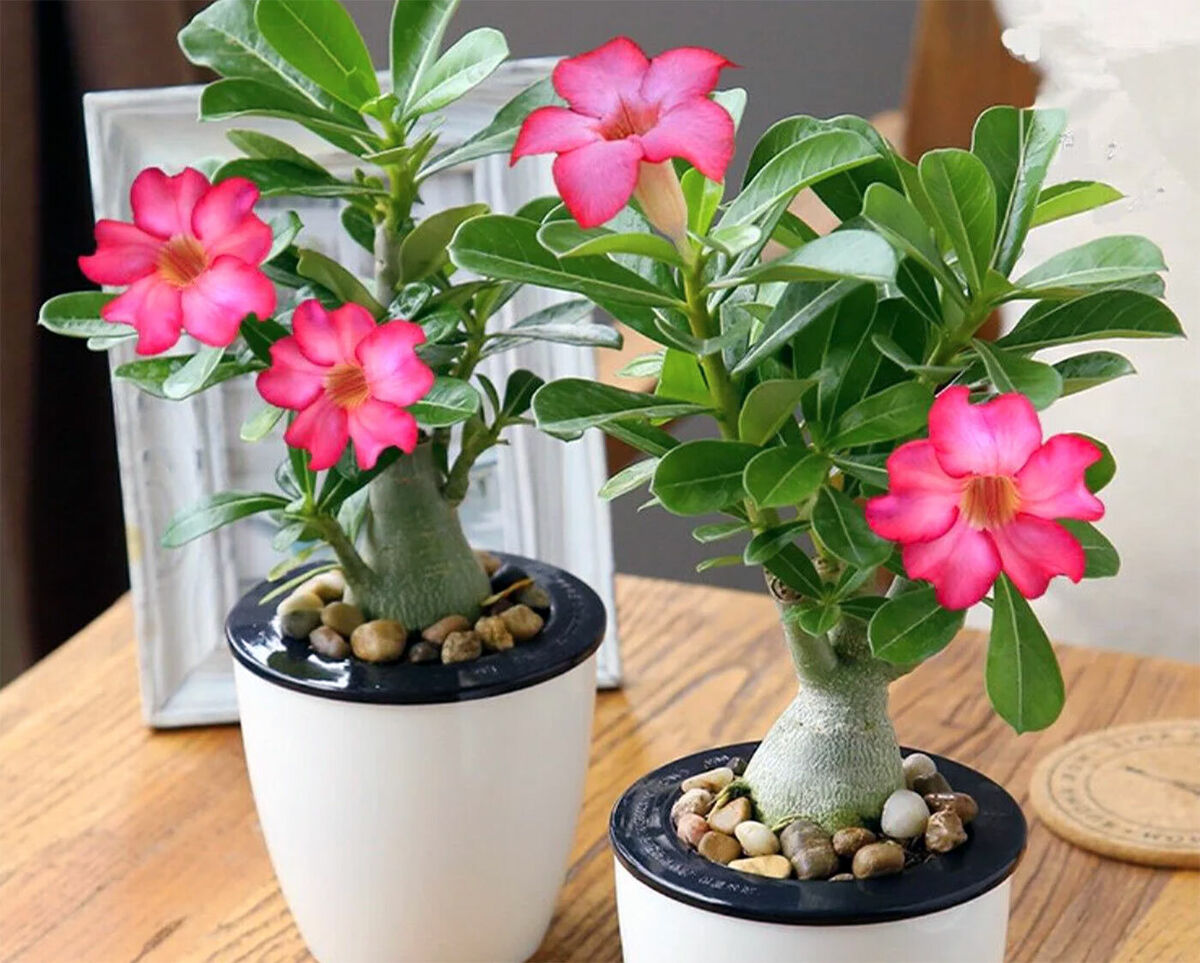

Garden Essentials
How To Plant Desert Rose Seeds
Modified: March 15, 2024
Learn how to plant desert rose seeds and create a beautiful garden with our step-by-step guide. Grow vibrant and low-maintenance desert roses in your own backyard.
(Many of the links in this article redirect to a specific reviewed product. Your purchase of these products through affiliate links helps to generate commission for Storables.com, at no extra cost. Learn more)
Introduction
Welcome to the wonderful world of gardening! If you have a green thumb and a love for beautiful flowers, then planting desert rose seeds might be just the project for you. Desert roses, also known as Adenium obesum, are stunning flowering plants that are native to arid regions of Africa and the Arabian Peninsula. These unique plants have thick succulent stems, vibrant flowers, and can be grown as both indoor and outdoor plants.
Planting desert rose seeds can be a rewarding and fulfilling experience. Not only does it allow you to nurture a plant from its very beginning, but it also gives you the opportunity to witness the incredible transformation as your tiny seeds sprout into beautiful, blooming desert roses.
In this guide, we will take you through a step-by-step process on how to plant desert rose seeds successfully. We will cover everything from gathering the necessary materials to caring for young seedlings and even transplanting them into larger pots. So, roll up your sleeves, put on your gardening gloves, and let’s dig in!
Key Takeaways:
- To successfully plant desert rose seeds, gather materials like potting mix, pots, and labels. Prepare the seeds by scarifying, soaking, and disinfecting them, and choose a well-draining potting mix for planting.
- Caring for young desert rose seedlings involves thinning, watering, fertilizing, pruning, and providing support. Transplant seedlings into larger pots during their active growing season for continued healthy growth.
Read more: When Are Desert Rose Seed Pods Ready
Step 1: Gather necessary materials
Before you start planting desert rose seeds, it’s important to gather all the necessary materials. Having everything prepared beforehand will make the planting process much smoother and more efficient. Here’s a list of the essential materials you’ll need:
- Desert rose seeds: Purchase desert rose seeds from a reputable seed supplier or collect them from mature desert rose plants in your area. Make sure the seeds are fresh and viable for successful germination.
- Potting mix: Choose a well-draining potting mix specifically designed for succulents. Avoid using soil from your garden, as it may not provide the necessary drainage and nutrients.
- Pots or containers: Use small, individual pots or trays with drainage holes. Make sure the containers are clean and sterilized to prevent any diseases or pests.
- Labels or markers: Keep track of your seeds by labeling each pot or tray. This will help you identify the different varieties or stages of growth.
- Spray bottle: A small spray bottle filled with water is useful for misting the seeds and maintaining the right level of moisture during the germination process.
- Plastic wrap or dome: Use a clear plastic wrap or dome to create a mini greenhouse effect and retain moisture around the seeds.
- Watering can: Have a watering can or a small pitcher handy for watering your seedlings once they start to grow.
- Grow lights (optional): If you’re planning to grow your seedlings indoors, you may need supplemental grow lights to provide adequate light for healthy growth.
Gathering these materials beforehand will save you time and ensure that you have everything you need to get started. This way, you can focus on the planting process and give your desert rose seeds the best possible chance to thrive.
Step 2: Preparing the desert rose seeds
Properly preparing the desert rose seeds is crucial for successful germination and healthy growth. Follow these steps to ensure your seeds are ready to sprout:
- Scarification: Desert rose seeds have a tough outer coating that can prevent water absorption. To help the seeds germinate faster, you can scarify them. Gently rub the seeds with sandpaper or make small incisions on the seed coat using a sharp knife. This will allow water to penetrate the seeds more easily.
- Soaking: After scarification, soak the seeds in room-temperature water for 24 hours. This will help soften the seed coat and promote germination. Change the water every 6-8 hours to ensure freshness.
- Disinfecting: To prevent the growth of fungi or other pathogens, it’s important to disinfect the seeds before planting. You can do this by soaking them in a diluted solution of hydrogen peroxide or fungicide for about 15-30 minutes. Rinse the seeds thoroughly with clean water afterwards.
- Pre-germination (optional): For faster germination, consider pre-germinating the seeds. Place the seeds on a damp paper towel and then seal them in a plastic bag. Keep the bag in a warm and dark location for a few days until you see tiny white roots emerging from the seeds.
By scarifying, soaking, disinfecting, and pre-germinating (optional) the desert rose seeds, you are giving them the best chance to sprout and grow into healthy seedlings. Remember to handle the seeds carefully and avoid damaging the delicate roots that may have started to emerge during pre-germination.
Step 3: Choosing the right potting mix
Selecting the appropriate potting mix is essential for the successful growth of your desert rose seeds. Desert roses prefer well-draining soil that replicates their natural habitat. Here are a few key considerations when choosing the potting mix:
- Well-draining: Desert roses are susceptible to root rot if the soil becomes waterlogged. Look for a potting mix specifically formulated for succulents or cacti, as these blends typically contain materials like perlite or vermiculite to improve drainage.
- Adequate aeration: The potting mix should have good airflow and allow oxygen to reach the roots. This helps prevent fungal diseases and promotes healthy growth. Avoid heavy, compacted soil that can suffocate the roots.
- Nutrient-rich: While desert roses are adapted to low-nutrient environments, they still require some essential nutrients for healthy growth. Choose a potting mix that contains organic matter or slow-release fertilizers to provide the necessary nutrients for the seedlings.
- pH balance: Desert roses prefer slightly acidic to neutral soil with a pH between 6.0 and 7.0. Test your potting mix’s pH level using a soil testing kit and adjust if necessary to create an optimal growing environment.
It’s worth noting that you can create your own potting mix by combining equal parts of commercial succulent mix, perlite, and coarse sand. This homemade mix provides excellent drainage and aeration.
Before planting your desert rose seeds, moisten the potting mix slightly to make it easier to work with. Avoid over-saturating the soil, as excessively wet conditions can lead to seed rot or fungal growth. Remember, proper drainage and aeration are key to the success of your desert rose seedlings.
Step 4: Planting the desert rose seeds
Now that you have prepared the desert rose seeds and chosen the right potting mix, it’s time to plant them. Follow these steps for successful planting:
- Fill the pots: Fill your individual pots or seed trays with the prepared potting mix, leaving about half an inch of space at the top for watering.
- Sow the seeds: Place the scarified and prepped desert rose seeds on the surface of the potting mix. Press them gently into the soil, but avoid burying them too deep. Aim for a depth of about ¼ inch.
- Spacing: If planting multiple seeds, space them at least 2 inches apart to ensure adequate airflow and room for growth. This will help prevent overcrowding and competition among the seedlings.
- Lightly cover: Sprinkle a thin layer of the potting mix or vermiculite over the seeds to provide some protection and promote consistent moisture distribution.
- Mist the soil: Using a spray bottle, mist the potting mix gently until it is evenly moist. Avoid overwatering, as excessively wet conditions can lead to fungal diseases.
- Cover the pots: Place a clear plastic wrap or dome over the pots to create a mini greenhouse effect. This helps retain moisture and create a warm environment for germination.
Keep the pots in a warm location, ideally around 75-80°F (24-27°C). Check the pots regularly to ensure the soil remains moist but not waterlogged. Mist the soil with water whenever it starts to dry out, but be careful not to overwater.
Within a few weeks, you should start to see the seedlings emerge from the soil. Once they have grown a few inches in height and have developed a few sets of true leaves, you can remove the plastic cover and provide them with more indirect sunlight.
By following these planting steps, you are creating the optimal conditions for your desert rose seeds to germinate and grow into healthy young seedlings. Now it’s time to move on to the next step: providing proper watering techniques for your growing desert rose plants.
Read more: What Does A Desert Rose Seed Pod Look Like
Step 5: Proper watering techniques
Watering is a critical aspect of caring for your growing desert rose plants. Proper watering ensures that the roots receive the right amount of moisture without becoming waterlogged. Here are some important watering techniques to keep in mind:
- Establish a watering schedule: During the early stages of growth, it’s important to keep the soil consistently moist. Water the seedlings gently whenever the top inch of soil feels dry. Avoid overwatering or allowing the soil to dry out completely, as this can stress the young plants.
- Avoid waterlogged soil: Desert roses are adapted to arid conditions and are susceptible to root rot if the soil remains overly wet. Ensure proper drainage by using a well-draining potting mix and pots with drainage holes. Avoid allowing excess water to accumulate in the saucer or tray beneath the pots.
- Use the bottom-up watering method: To prevent water from pooling on the delicate leaves and stems of the seedlings, water them from the bottom. Place the pots in a tray or shallow container filled with water for 10-15 minutes, allowing the soil to absorb moisture through the drainage holes. Discard any excess water after the designated time.
- Mist or spray the foliage: As the seedlings grow, you can gently mist or spray the foliage with water to increase humidity and remove dust. This helps prevent pest infestations and keeps the leaves clean and healthy. Avoid misting during the evening to allow the foliage to dry before cooler temperatures set in.
- Adjust watering as the plant matures: As your desert rose plants grow larger and establish a more extensive root system, you can gradually reduce the frequency of watering. Allow the top few inches of soil to dry out between watering sessions, mimicking the plant’s natural arid habitat.
Monitoring the moisture levels of your desert rose plants is crucial to maintain their health. Over time, you will develop a sense of when and how much to water based on the specific needs of your plants. Remember, it’s better to underwater than to overwater desert roses, as they are more tolerant of drought than excessive moisture.
Now that you’ve mastered the art of proper watering, it’s time to move on to the next step: providing adequate sunlight for your growing desert rose plants.
When planting desert rose seeds, make sure to use well-draining soil and keep the seeds warm and moist. It’s also important to provide plenty of sunlight for the seeds to germinate and grow.
Step 6: Providing adequate sunlight
Adequate sunlight is crucial for the healthy growth and development of your desert rose plants. These plants thrive in bright, indirect sunlight and require several hours of sunshine each day. Follow these guidelines to ensure your plants receive the right amount of light:
- Choose the right location: Place your desert rose plants in a location that receives bright, indirect sunlight for at least 4-6 hours a day. A south or southeast-facing window is ideal for indoor plants, while outdoor plants should be placed in a spot with partial shade to protect them from intense afternoon sun.
- Monitor light intensity: Although desert roses love sunlight, excessive heat and intense direct sun can scorch their leaves. During the hottest months or in regions with intense sun, provide some shade during the peak afternoon hours to protect the plants. You can use a shade cloth or move potted plants to a slightly shadier location.
- Rotate the pots: To ensure even growth and prevent plants from leaning towards the light source, rotate the pots every few weeks. This allows all sides of the plants to receive equal amounts of light, promoting balanced and upright growth.
- Supplement with grow lights (optional): In regions with limited sunlight or during the winter months, you may need to supplement the natural light with artificial grow lights. Use full-spectrum grow lights and position them a few inches above the plants to provide adequate light intensity.
It’s important to strike a balance between providing sufficient light and avoiding light stress. Monitor your desert rose plants closely to ensure they aren’t experiencing any signs of sunburn or light deprivation. Adjust their exposure accordingly to create the perfect light environment for optimal growth.
With the right amount of sunlight, your desert rose plants will flourish and produce vibrant, blooming flowers. Let’s move on to the next step: maintaining proper temperature and humidity.
Step 7: Maintaining proper temperature and humidity
Proper temperature and humidity are essential for the optimal growth and health of your desert rose plants. These plants are adapted to arid conditions, so it’s important to provide an environment that mimics their natural habitat. Follow these guidelines to maintain the ideal temperature and humidity for your desert rose plants:
- Temperature: Desert roses thrive in warm temperatures between 70°F and 80°F (21°C and 27°C) during the day. They can tolerate slightly cooler temperatures at night, but try to avoid extremes. Protect your plants from cold drafts or sudden temperature fluctuations, as they can cause stress and damage to the plants.
- Humidity: Desert roses prefer low humidity environments. While they can tolerate some humidity, it’s crucial to avoid excessive moisture, as it can lead to fungal diseases. Aim for a relative humidity level of around 40-50%. If the air in your home is particularly dry, you can use a humidifier or place a tray of water near the plants to increase moisture levels slightly.
- Ventilation: Good air circulation is important to prevent the buildup of stagnant air and the development of fungal diseases. Ensure proper ventilation by placing the plants in a well-ventilated area with good airflow. Avoid crowding the plants or placing them in closed environments with poor air circulation.
- Seasonal adjustments: During the winter months or in cooler climates, it’s important to protect your desert rose plants from cold temperatures and frost. Move them away from drafty windows or consider bringing them indoors if the temperature drops below their preferred range.
By providing the right temperature and humidity conditions, you’ll create an environment that promotes healthy growth and reduces the risk of stress-related issues for your desert rose plants. Remember to monitor temperature and humidity levels regularly, making adjustments as needed to ensure optimal plant health.
Now that you understand how to maintain proper temperature and humidity, let’s move on to the next step: caring for young desert rose seedlings.
Step 8: Caring for young desert rose seedlings
Caring for young desert rose seedlings is crucial to ensure their healthy development and promote strong growth. Follow these essential care tips to give your seedlings the best start:
- Thinning: If you planted multiple seeds in the same container, it’s important to thin out the weaker seedlings once they have grown a few inches. Remove the excess seedlings, leaving only the strongest and healthiest ones to grow. This will help prevent overcrowding and ensure adequate resources for each plant.
- Watering: Continue to water your young desert rose seedlings regularly, keeping the soil evenly moist. Be careful not to overwater, as desert roses are susceptible to root rot. Adjust the watering frequency based on the moisture needs of the seedlings and the level of dryness of the potting mix.
- Fertilizing: After the seedlings have developed a few sets of true leaves, you can start fertilizing them. Use a balanced, water-soluble fertilizer formulated for succulents or cacti. Dilute the fertilizer according to the package instructions and apply it to the soil once every 2-4 weeks during the growing season.
- Pruning: As the seedlings grow, they may develop leggy or weak stems. To encourage bushier growth, pinch off the tips of the stems. This will stimulate branching and promote a more compact and robust plant structure. You can also remove any yellowing or damaged leaves to maintain the overall health and appearance of the seedlings.
- Support: If your seedlings start to lean or become top-heavy, provide support by gently staking them. Use bamboo sticks or plant stakes, being careful not to damage the delicate roots. Tie the seedlings to the stakes using soft string or plant ties to provide stability as they grow taller.
Monitoring the growth and health of your young desert rose seedlings is essential. Look out for any signs of stress, such as wilting or yellowing leaves, and address any issues promptly. With proper care, your seedlings will thrive and develop into beautiful, mature desert rose plants.
Now that you have learned how to care for young desert rose seedlings, it’s time to move on to the next step: transplanting them into larger pots.
Read more: How To Store Desert Rose Seeds
Step 9: Transplanting the desert rose seedlings
As your desert rose seedlings grow, they will eventually outgrow their initial containers and require larger pots to accommodate their expanding root system. Transplanting is a crucial step in ensuring the continued healthy growth of your desert roses. Follow these steps to successfully transplant your seedlings:
- Choose the right time: The ideal time to transplant your desert rose seedlings is during their active growing season in spring or early summer. This allows the plants to establish themselves in their new pots before the onset of colder weather.
- Select the new containers: Choose pots that are about 2-3 inches larger in diameter than the current containers. Ensure that the new pots have drainage holes to prevent waterlogging and provide adequate airflow to the roots.
- Prepare the new potting mix: Use the same well-draining potting mix that you used for the seedlings’ initial planting. If desired, you can add a slow-release fertilizer to provide additional nutrients as the plants continue to grow.
- Water the seedlings: Before transplanting, thoroughly water the seedlings in their current pots. This helps to moisten the root ball and ease the extraction process.
- Carefully remove the seedlings: Gently turn the seedlings upside down and tap the bottom of the pots to loosen the root ball. Carefully lift the seedlings out, taking care not to damage the roots. If necessary, gently separate any tangled or overcrowded roots.
- Plant the seedlings in the new pots: Place each seedling in its new pot, making sure the top of the root ball is level with the top of the pot. Fill in the space around the seedlings with the prepared potting mix, gently pressing it down to eliminate air pockets.
- Water and settle the soil: After transplanting, thoroughly water the plants to settle the soil and ensure good root-to-soil contact. Allow any excess water to drain away.
- Provide appropriate care: Place the newly transplanted seedlings in a location with bright, indirect sunlight. Protect them from direct sunlight until they have had time to adjust to their new pots. Continue watering and fertilizing as needed, and monitor the plants closely for any signs of stress.
Transplanting your desert rose seedlings into larger pots allows their roots to spread out and promotes better nutrient absorption. Remember to give the plants some time to adjust to their new environment before expecting significant growth. With proper care, your desert rose seedlings will continue to thrive and develop into beautiful mature plants.
Now that you have successfully transplanted your desert rose seedlings, let’s move on to the final step: additional tips and considerations for caring for your desert roses.
Step 10: Additional tips and considerations
Caring for your desert roses goes beyond the basic steps of planting, watering, and transplanting. Here are some additional tips and considerations to keep in mind:
- Avoid overwatering: Overwatering is one of the most common mistakes made with desert roses. Always err on the side of underwatering, as these plants prefer to dry out between waterings.
- Monitor for pests: Keep an eye out for common pests like aphids, mealybugs, and spider mites. Regularly inspect your plants for any signs of infestation and take appropriate measures if necessary, such as using organic pest control methods or insecticidal soap.
- Protect from extreme temperatures: Desert roses are sensitive to extreme temperatures. During cold winters, provide protection by moving potted plants indoors or using frost blankets to shield them from freezing temperatures.
- Prune for shape and health: Pruning is essential for maintaining the desired shape and promoting overall plant health. Trim back any leggy or diseased growth, and encourage branching to create a bushier appearance.
- Consider repotting: As your desert rose plant grows, it may require repotting every 2-3 years. Choose a pot that is one size larger and follow the same steps as in the initial transplanting process.
- Keep an eye on soil nutrients: Desert roses have lower nutrient requirements compared to other plants, but they still benefit from occasional fertilization. Use a balanced, water-soluble fertilizer specifically formulated for succulents and follow the package instructions for application rates.
- Protect from strong winds: Desert roses have fragile stems and can easily break in strong winds. If planting them outdoors, consider placing them in a sheltered location or using windbreaks to shield them.
By following these additional tips and considerations, you will be able to provide the best care for your desert rose plants and enjoy their stunning beauty for years to come.
Congratulations on completing all the steps! You are now equipped with the knowledge and skills to successfully plant and care for desert rose seeds. Happy gardening!
Conclusion
Planting and caring for desert rose seeds can be a rewarding and fulfilling experience. By following the steps outlined in this guide, you have learned how to gather the necessary materials, prepare the seeds, choose the right potting mix, plant the seeds, provide proper watering and sunlight, maintain ideal temperature and humidity, care for young seedlings, transplant them into larger pots, and consider additional tips and considerations.
Throughout this process, it’s important to remember that desert roses are unique plants that thrive in arid conditions. They require well-draining soil, adequate sunlight, and careful attention to watering practices. By mimicking their natural habitat and providing the right conditions, you can help these plants flourish and display their stunning flowers.
As you continue to care for your desert roses, remember to monitor their growth, adjust their care as needed, and be patient. Desert roses are known for their slow growth, so don’t be discouraged if you don’t see rapid progress.
With time, effort, and the knowledge you’ve gained, you’ll be rewarded with vibrant and healthy desert rose plants that add beauty and charm to your garden or indoor space.
Now, it’s time to put your newfound expertise into action. Get your gardening tools ready, gather your materials, and embark on this exciting journey of planting and nurturing desert rose seeds. Happy gardening!
Frequently Asked Questions about How To Plant Desert Rose Seeds
Was this page helpful?
At Storables.com, we guarantee accurate and reliable information. Our content, validated by Expert Board Contributors, is crafted following stringent Editorial Policies. We're committed to providing you with well-researched, expert-backed insights for all your informational needs.
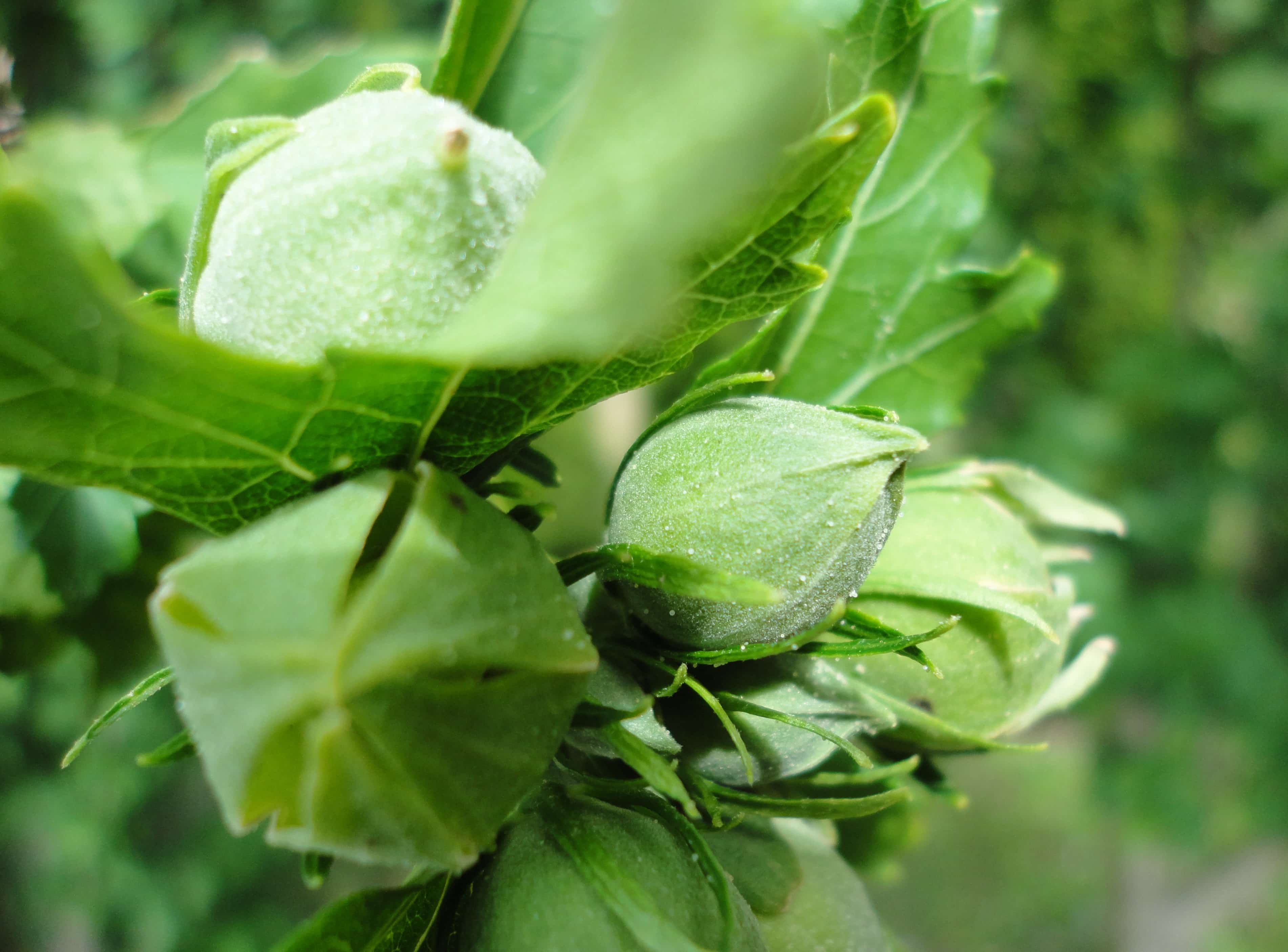
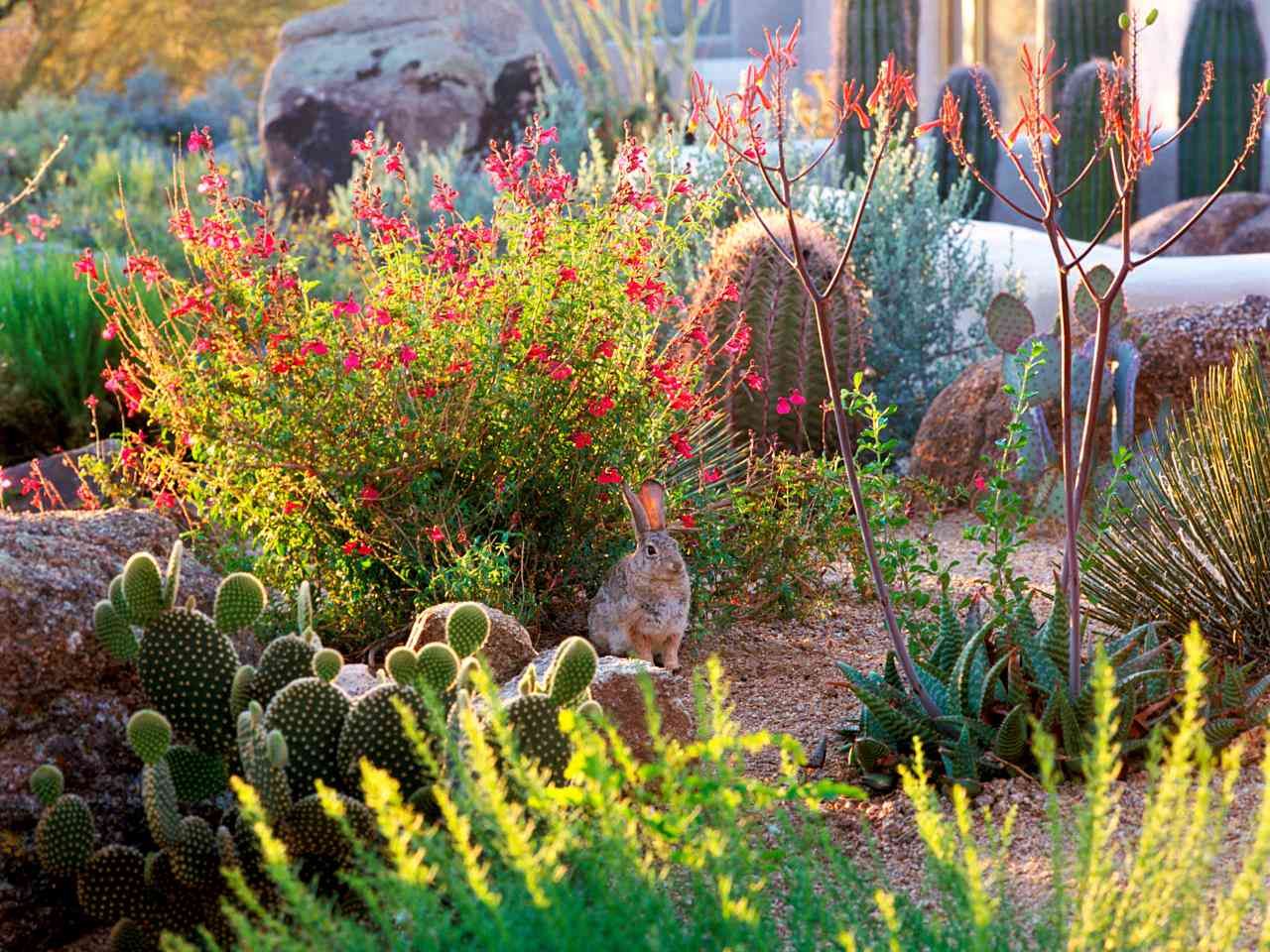
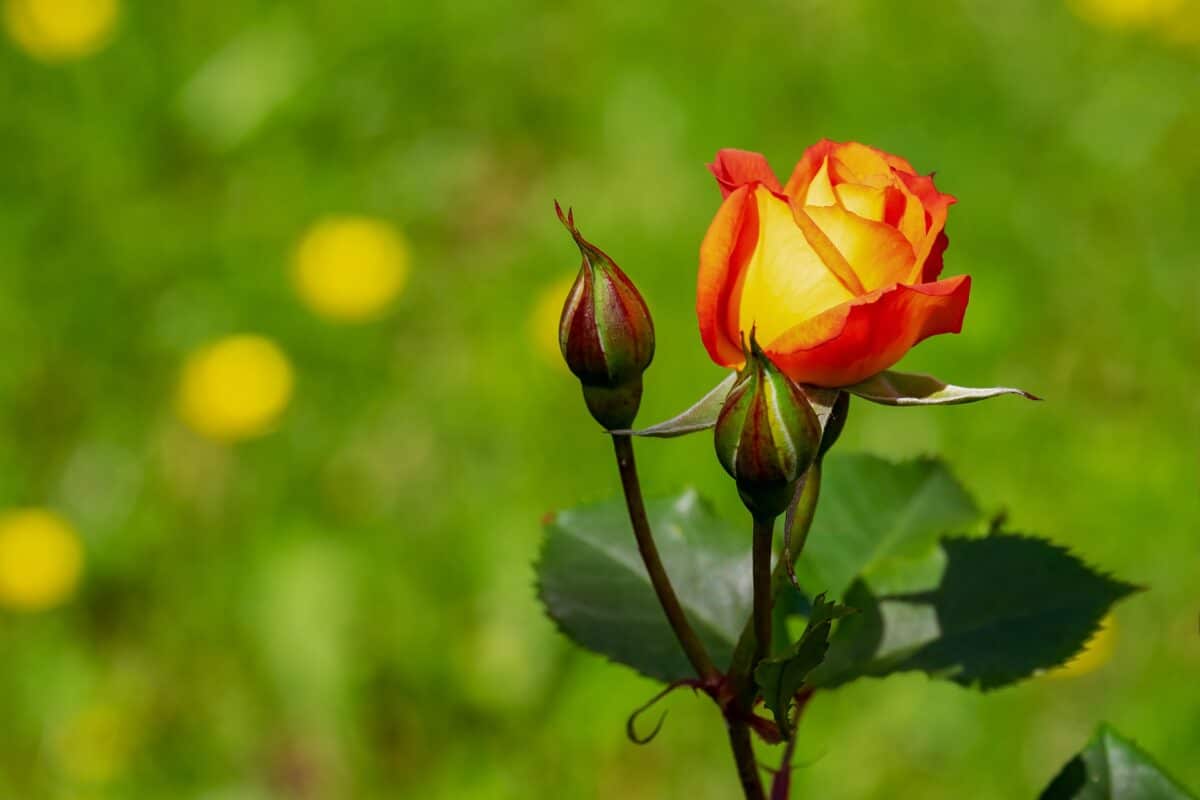
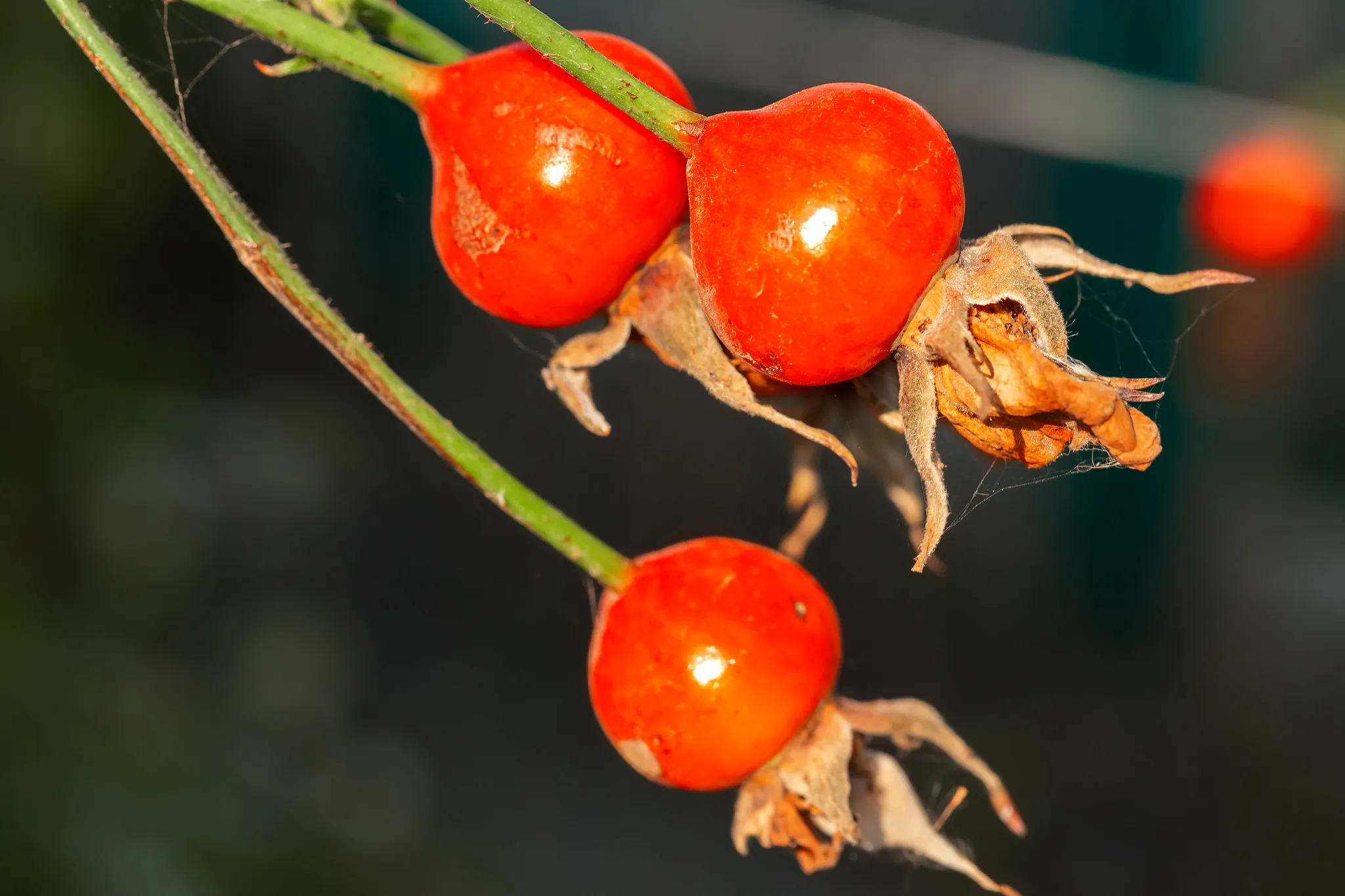
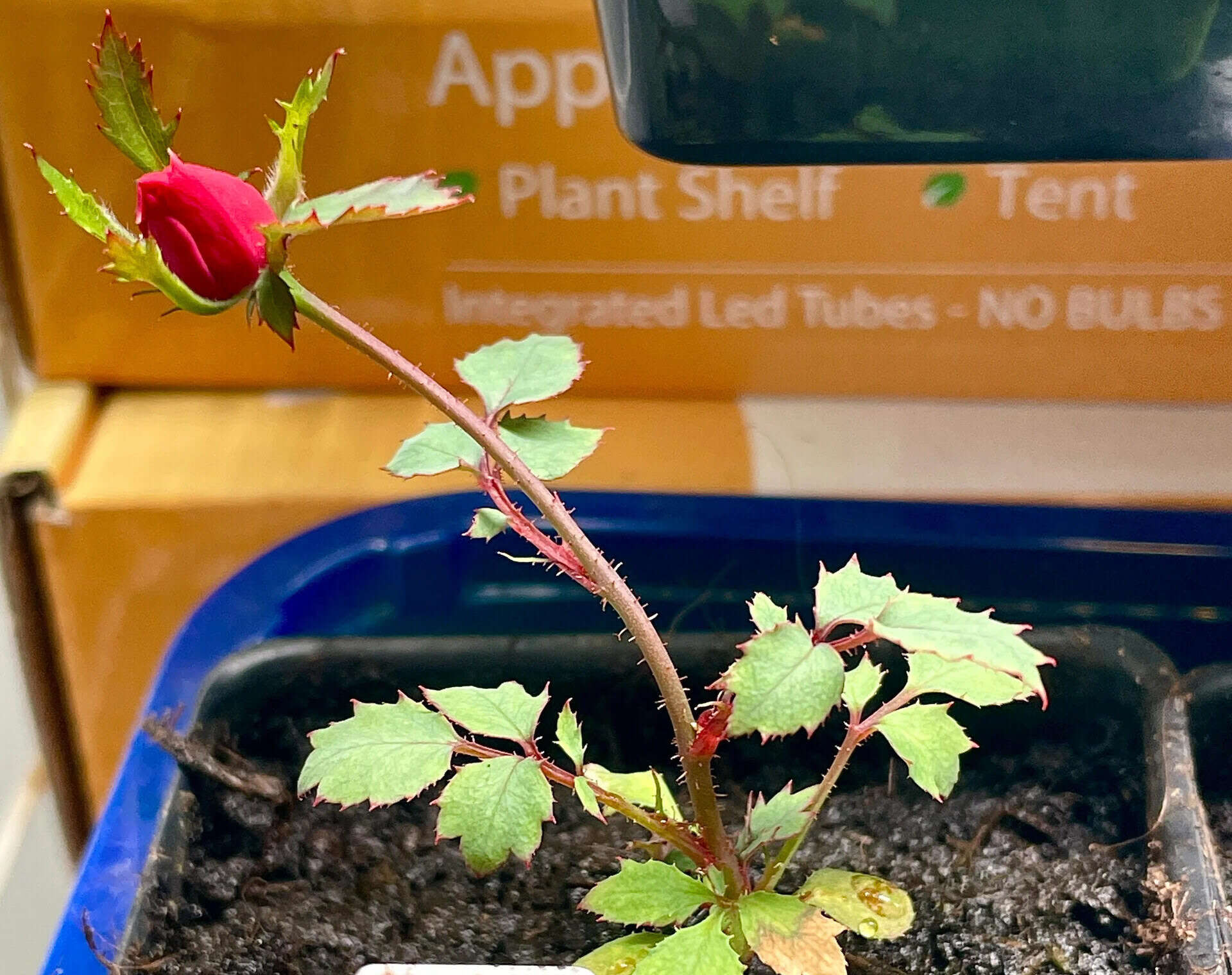
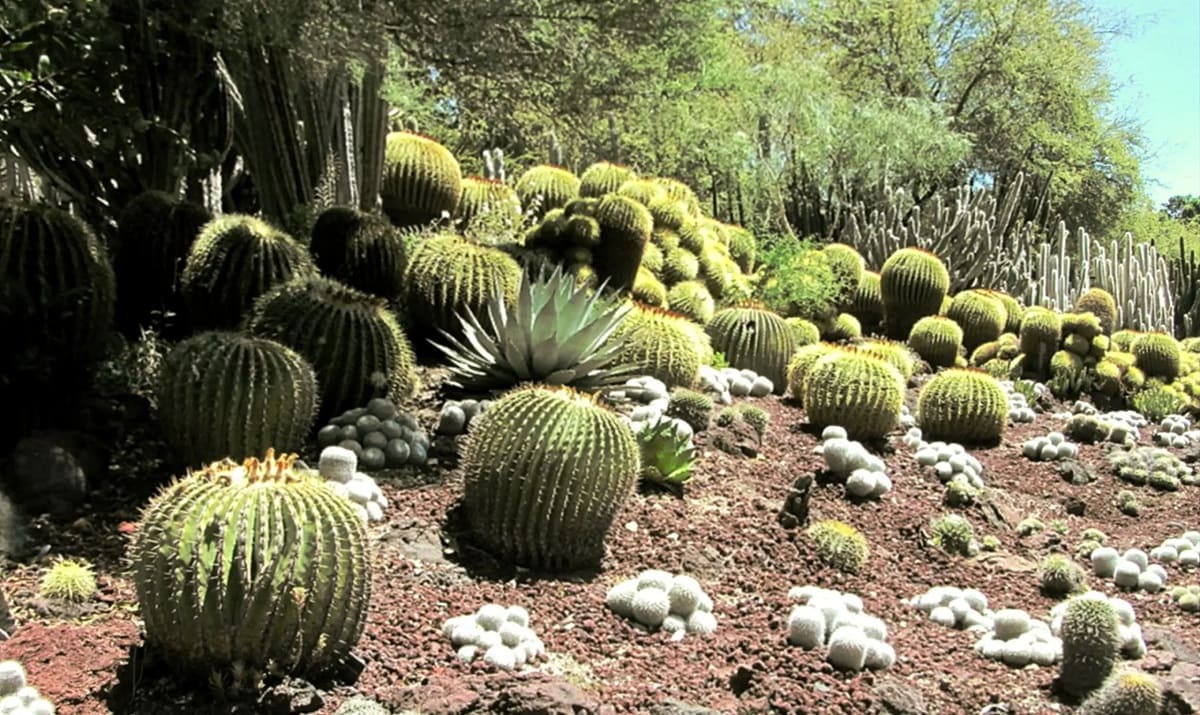
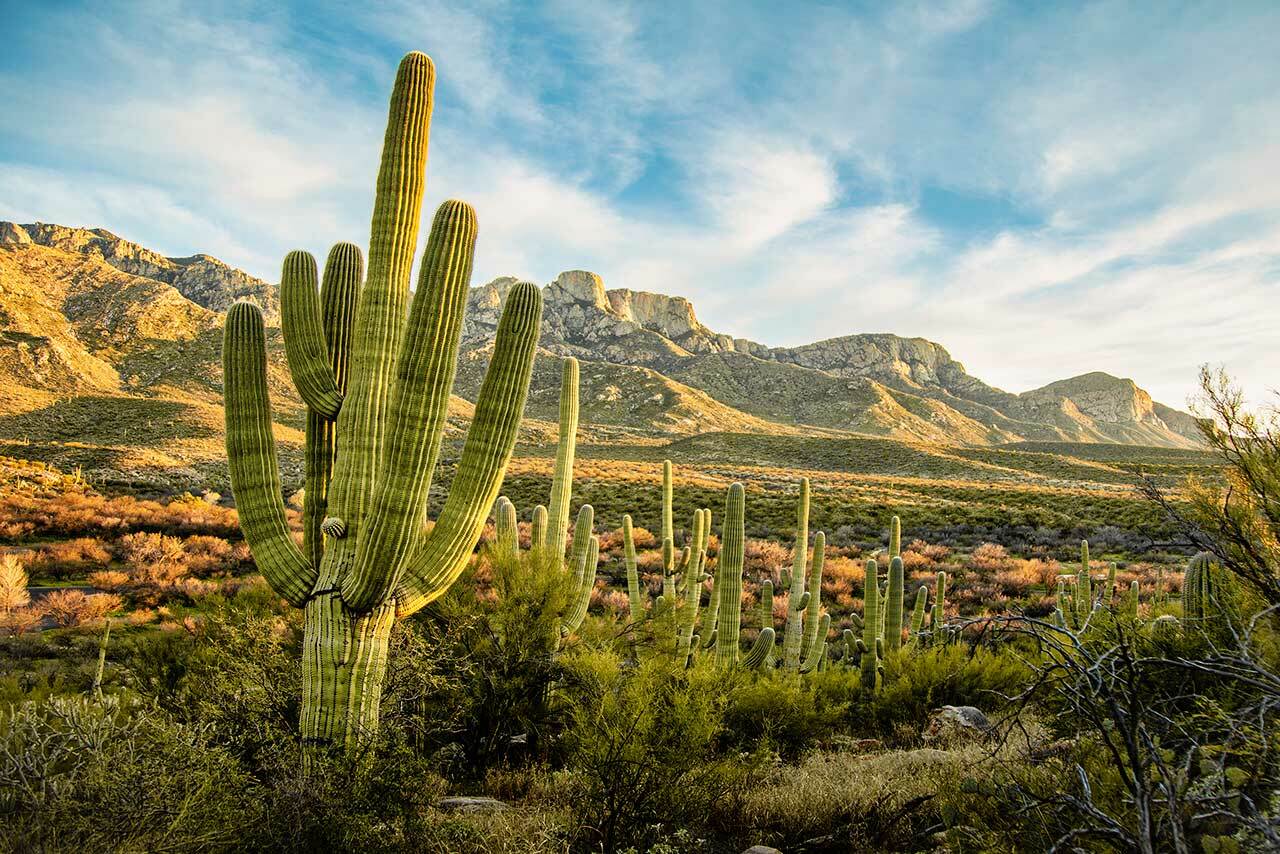
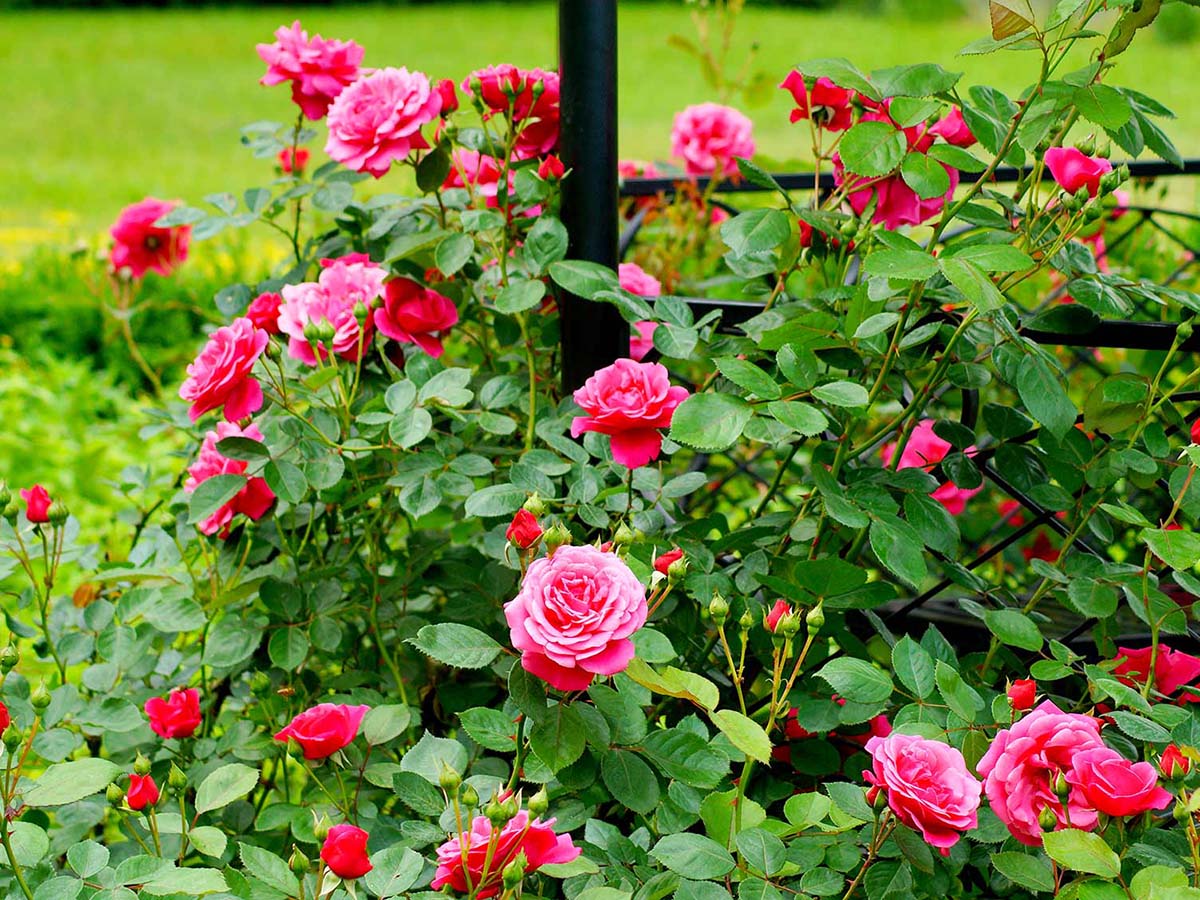
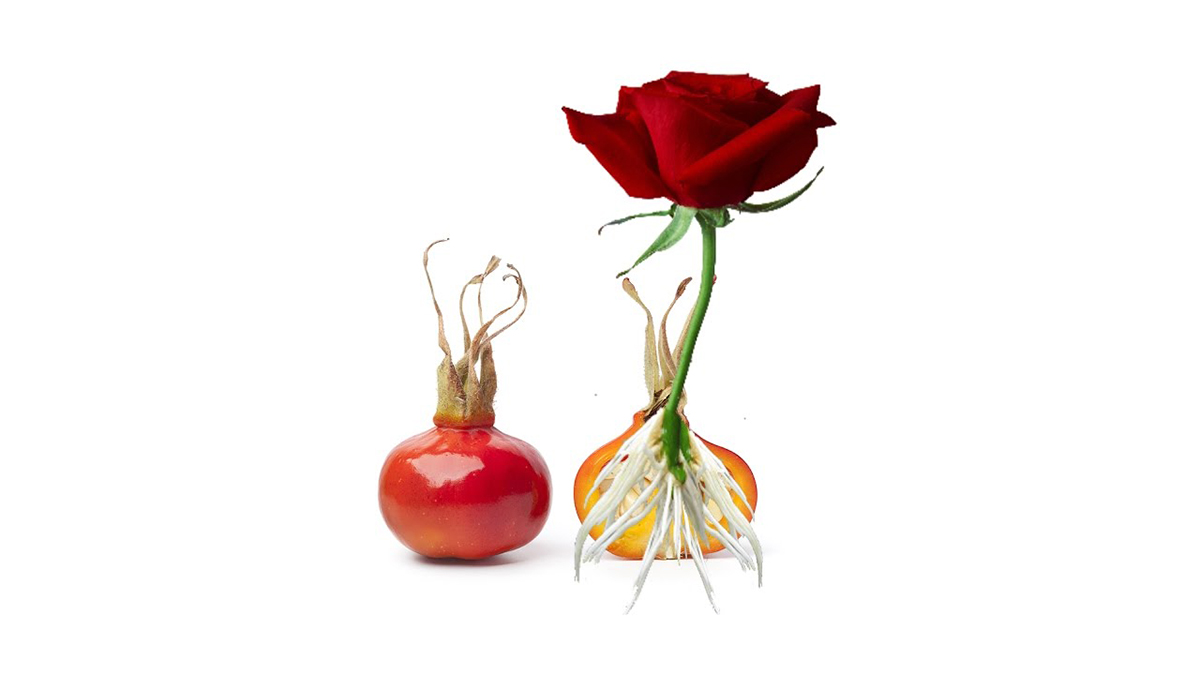
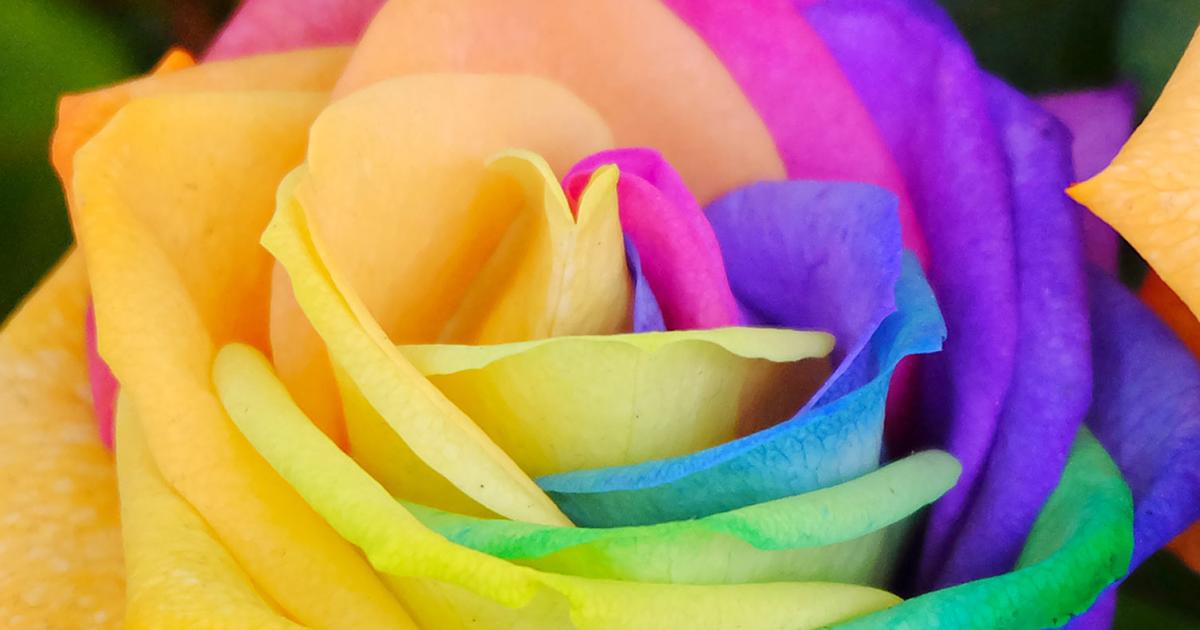
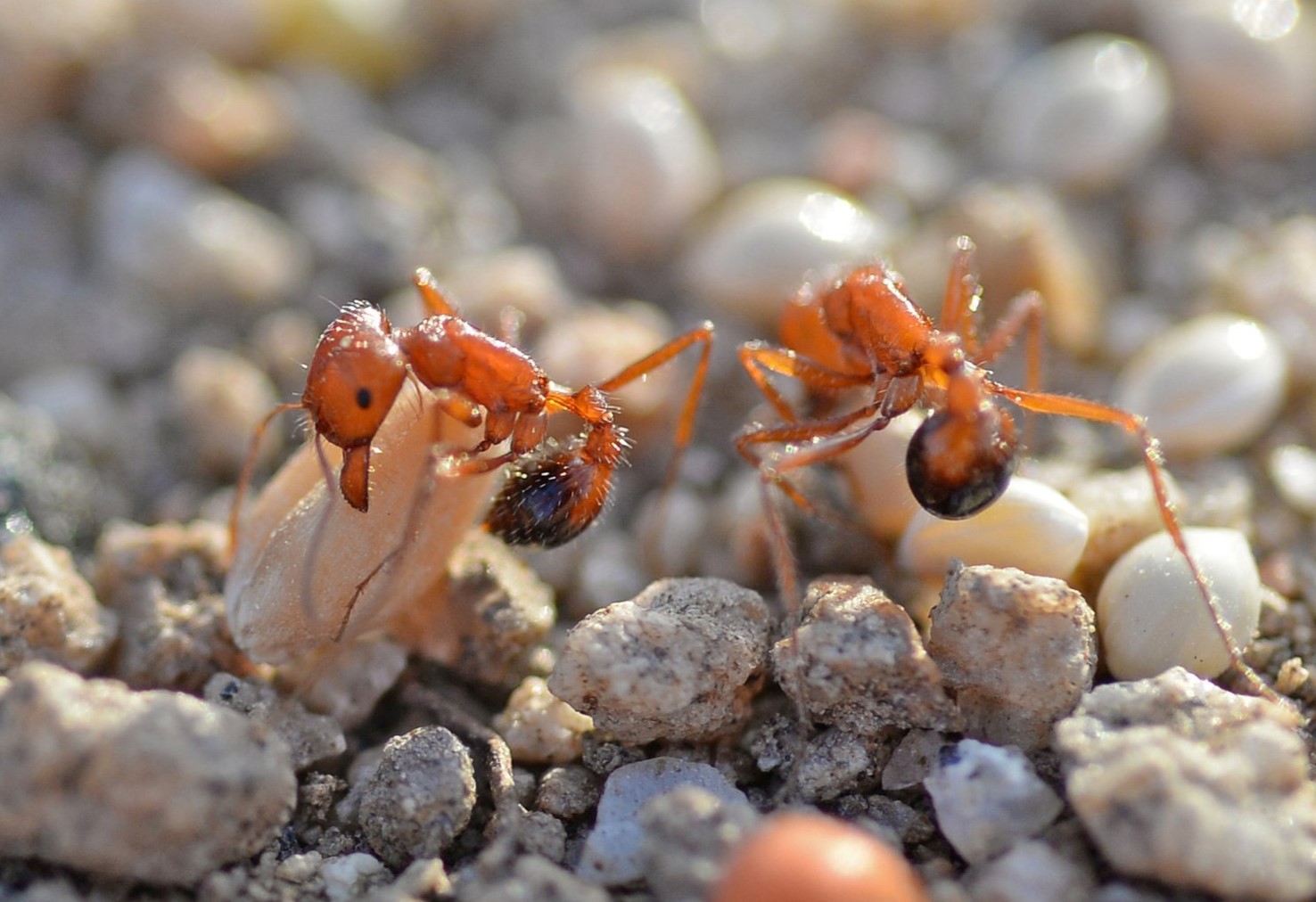
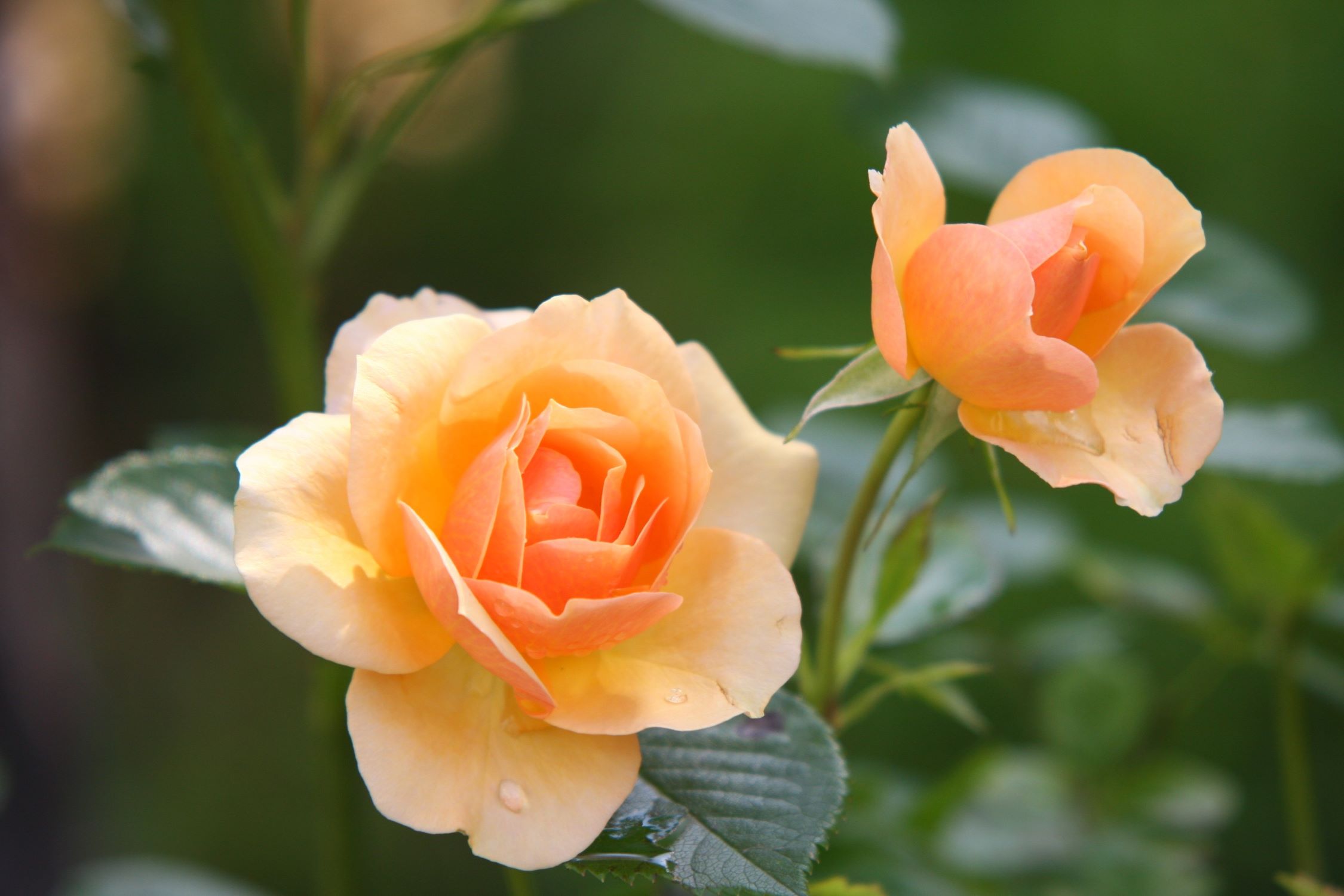
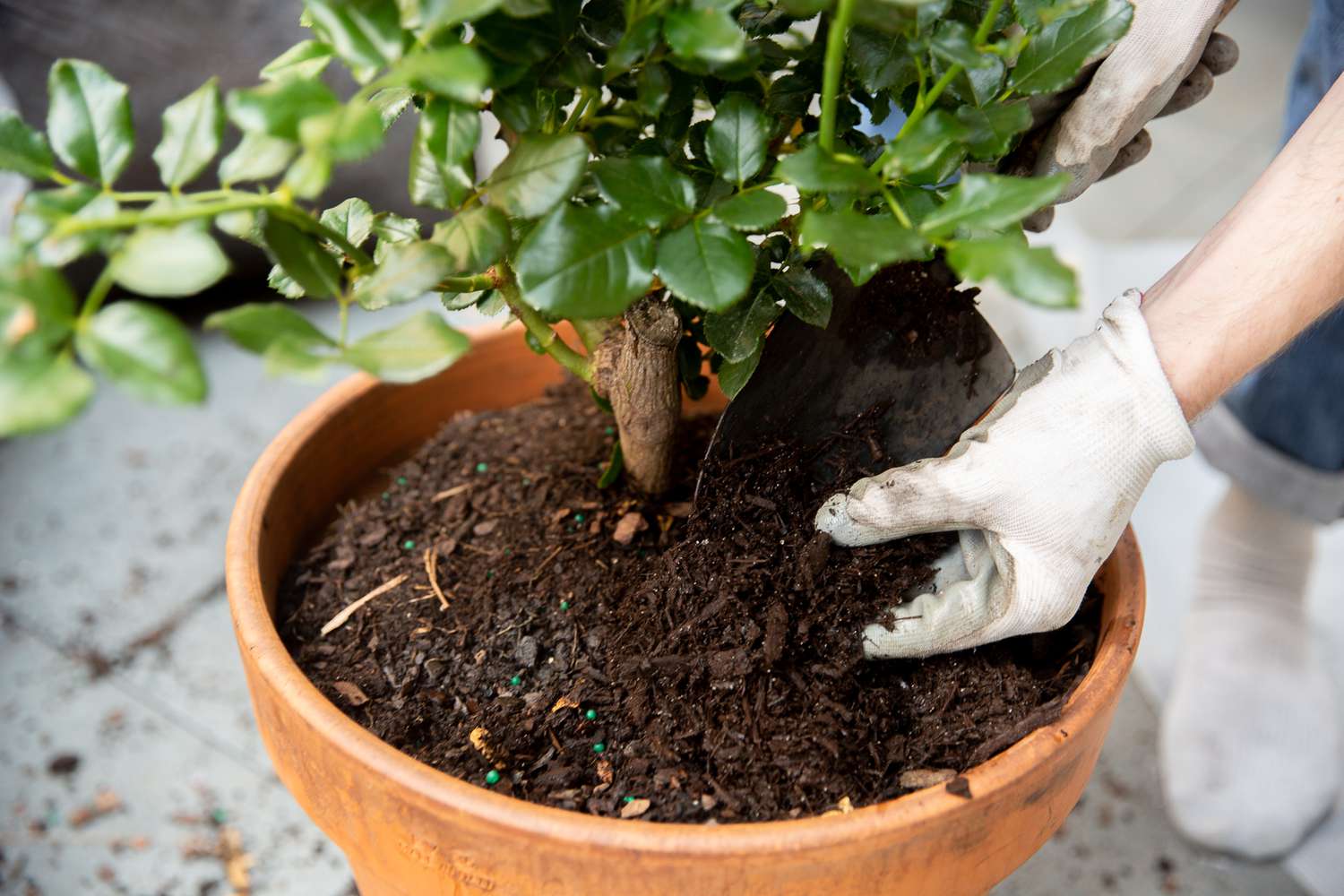

0 thoughts on “How To Plant Desert Rose Seeds”